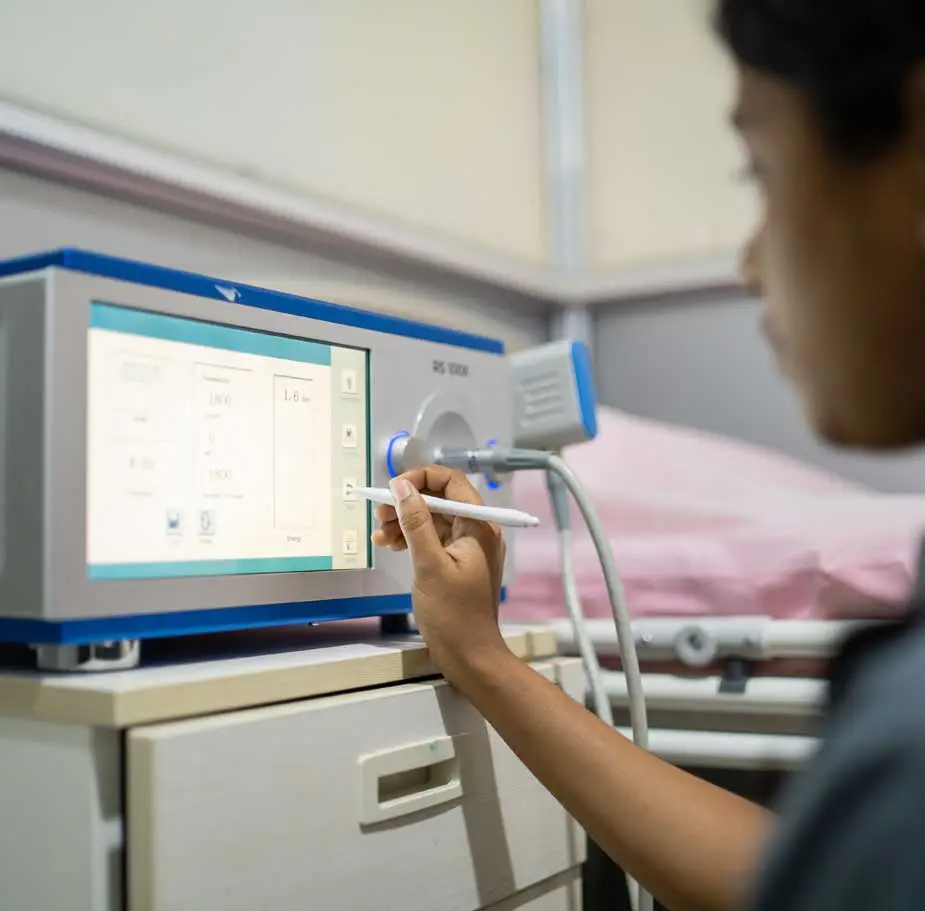Sprains & Strains
Symptoms
Symptoms of sprains & strains may include:
Pain
Swelling
Bruising and redness
Limited range of motion
Feeling a “pop” sound in your joint
Muscle spasms
Muscle weakness
Causes
The causes of sprains & strains vary:
Sudden direction change
Diagnosis
The examination helps in finding the exact location and severity of the sprain, which can then be confirmed by investigations.
A plain X-ray of the joint is usually showing normal. Sometimes, a chip of bone may be seen in the site of the attachment of the ligament to the bone. An X-ray taken while the ligament is being stressed may document an abnormal opening up of the joint in a third-degree sprain. Other investigations are MRI or arthroscopy.
Treatments
All sprains and strains are treated initially with RICE regimen rest, ice therapy, compression bandage, elevation.
The main aim of physical therapy is to improve muscle strength, joint mobility, and range of motion. It includes pain management using modalities like IFT, US, and TENS. Once the pain gets reduced after pain management with electrotherapy will start with PCRT or ESWT.
Our Sports Injury Recovery Program incorporates an advanced modality called Extracorporeal Shockwave Therapy (ESWT), which is an advanced modality for the treatment of musculoskeletal conditions and its very effective in the treatment of shin splits. ESWT uses sound waves (high amplitude pulses of mechanical energy) to breakup infected tissues and stimulate the healing process. The energy triggers the regeneration and reparative processes of the bones, tendons and other soft tissues. ESWT is used to treat chronic, sub-acute and acute conditions. After the shockwave session, Cryotherapy is advised to avoid muscle soreness.
In addition, in severe cases, Pulsed Cell Repair Therapy (PCRT). PCRT directs a series of electromagnetic impulses through injured tissue. Each pulse induces a tiny electrical signal that stimulates cellular repair and harnesses the body’s own ability to heal itself. This natural signal promotes the body to repair damaged or worn tissues/cartilages and to maintain healthy and proper functioning of the joint.
Sometimes, because of aging, injury or disease, signals that are naturally produced by the body is disturbed. When this occurs, the body is unable to repair the damage itself. This results in pain, inflammation, and loss of proper function in the joint. PCRT is unique in that it mimics the body’s natural signal, activating the normal healing process and stimulates the growth and repair of the damaged tissue.
Because of the regenerative process, patient is advised for rest without any vigorous movements in the joint. If the patient is in pain, we will manage with other electrical modalities and then start with PCRT. After the PCRT sessions, we begin with our muscle strengthening exercises and lifestyle modifications, approximately 3 to 4 weeks after completing the PCRT sessions, which helps the patient become functionally independent.

